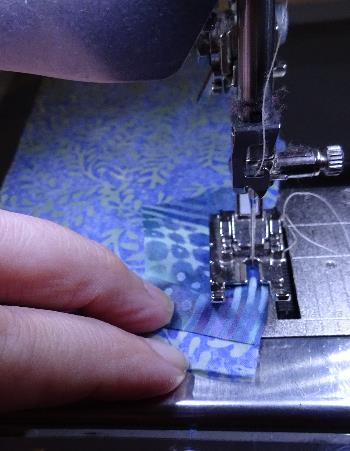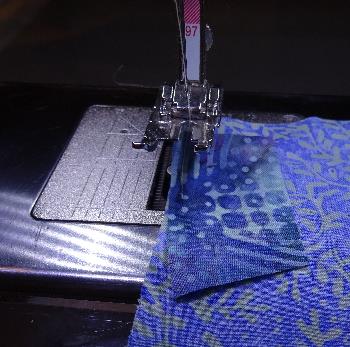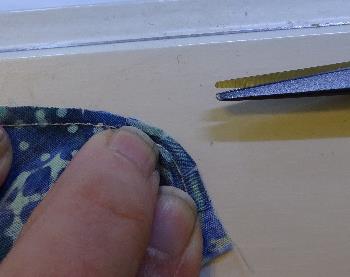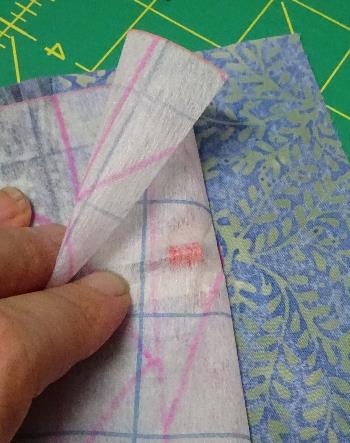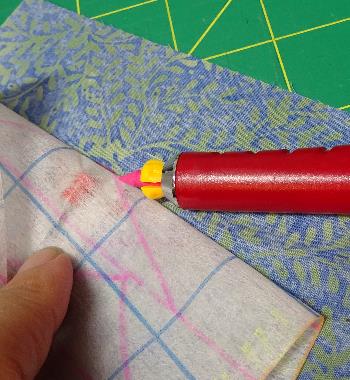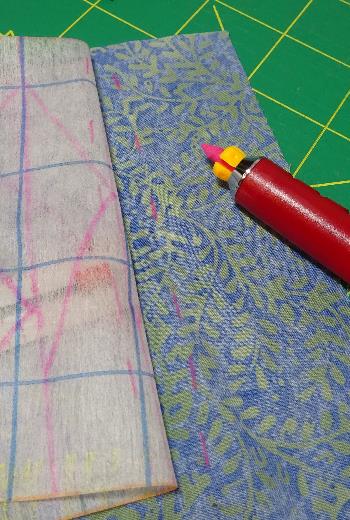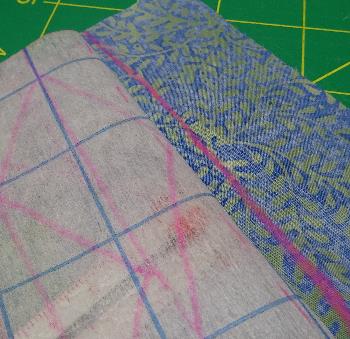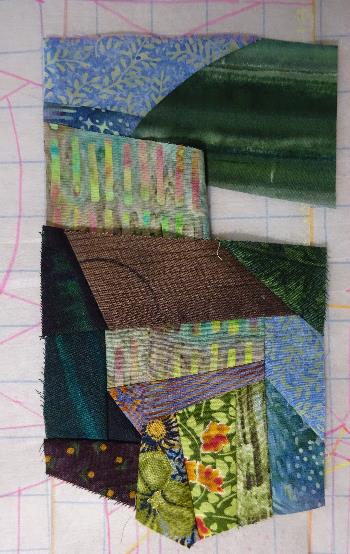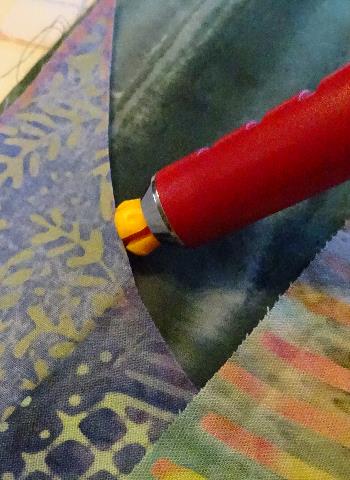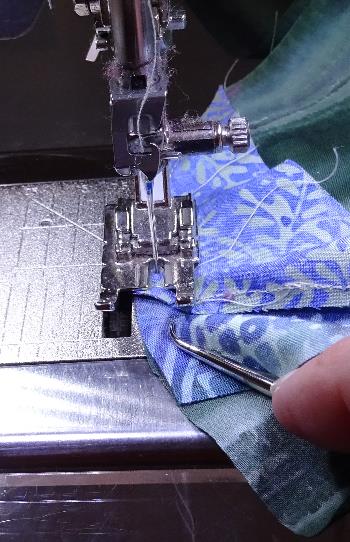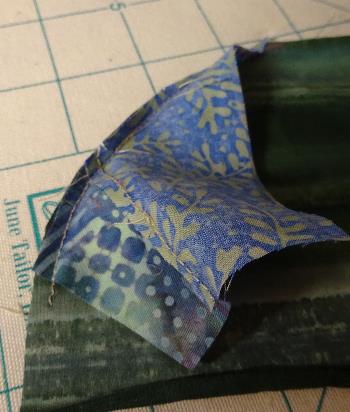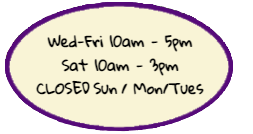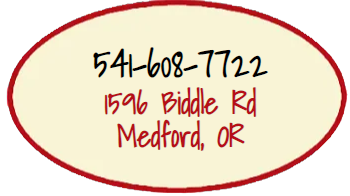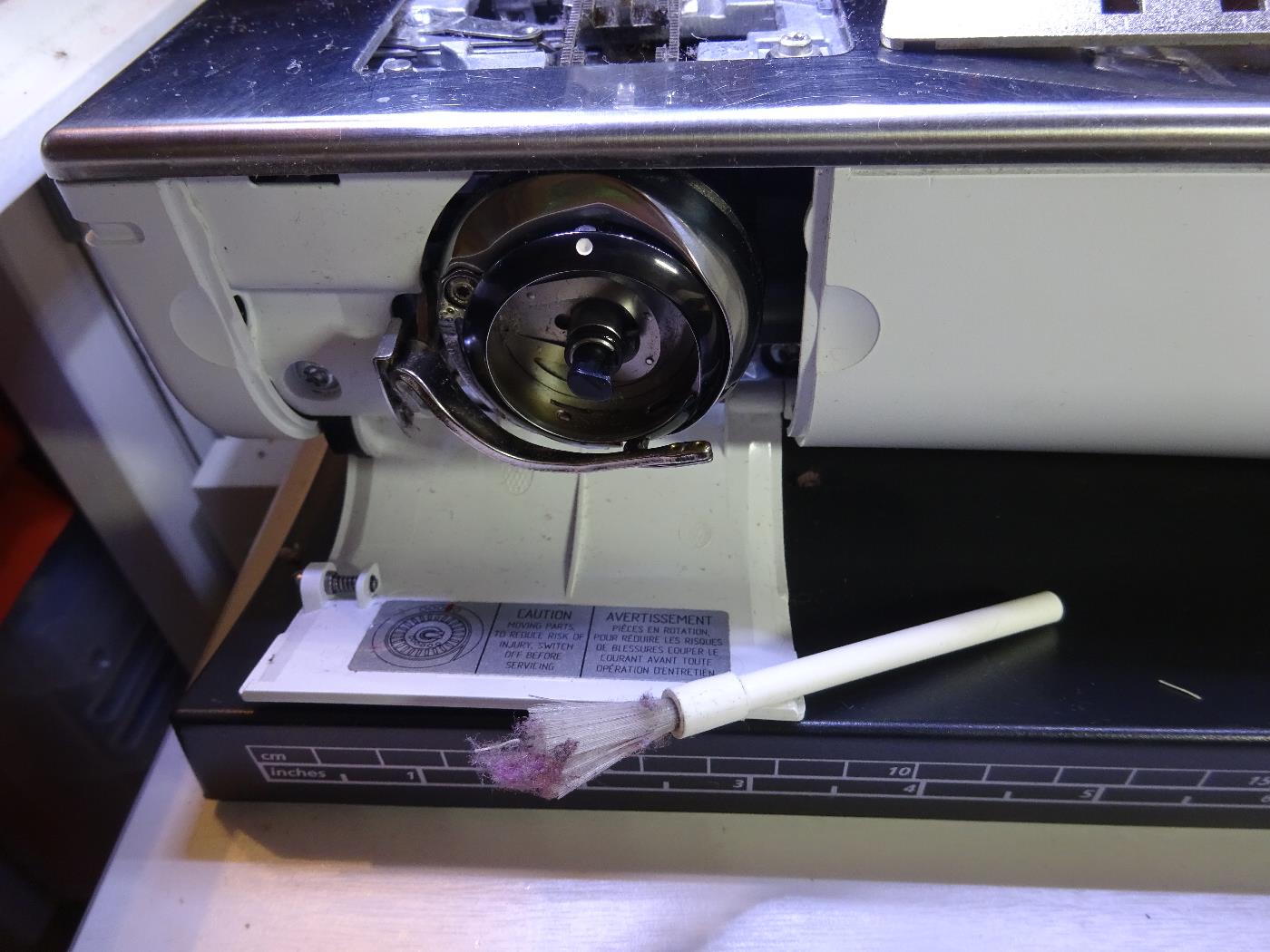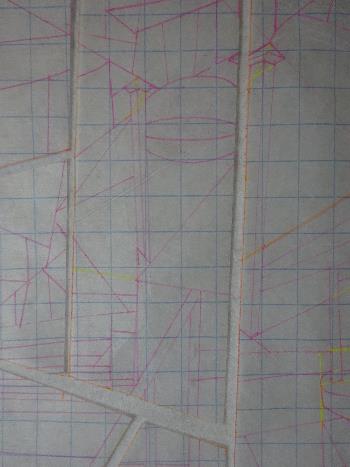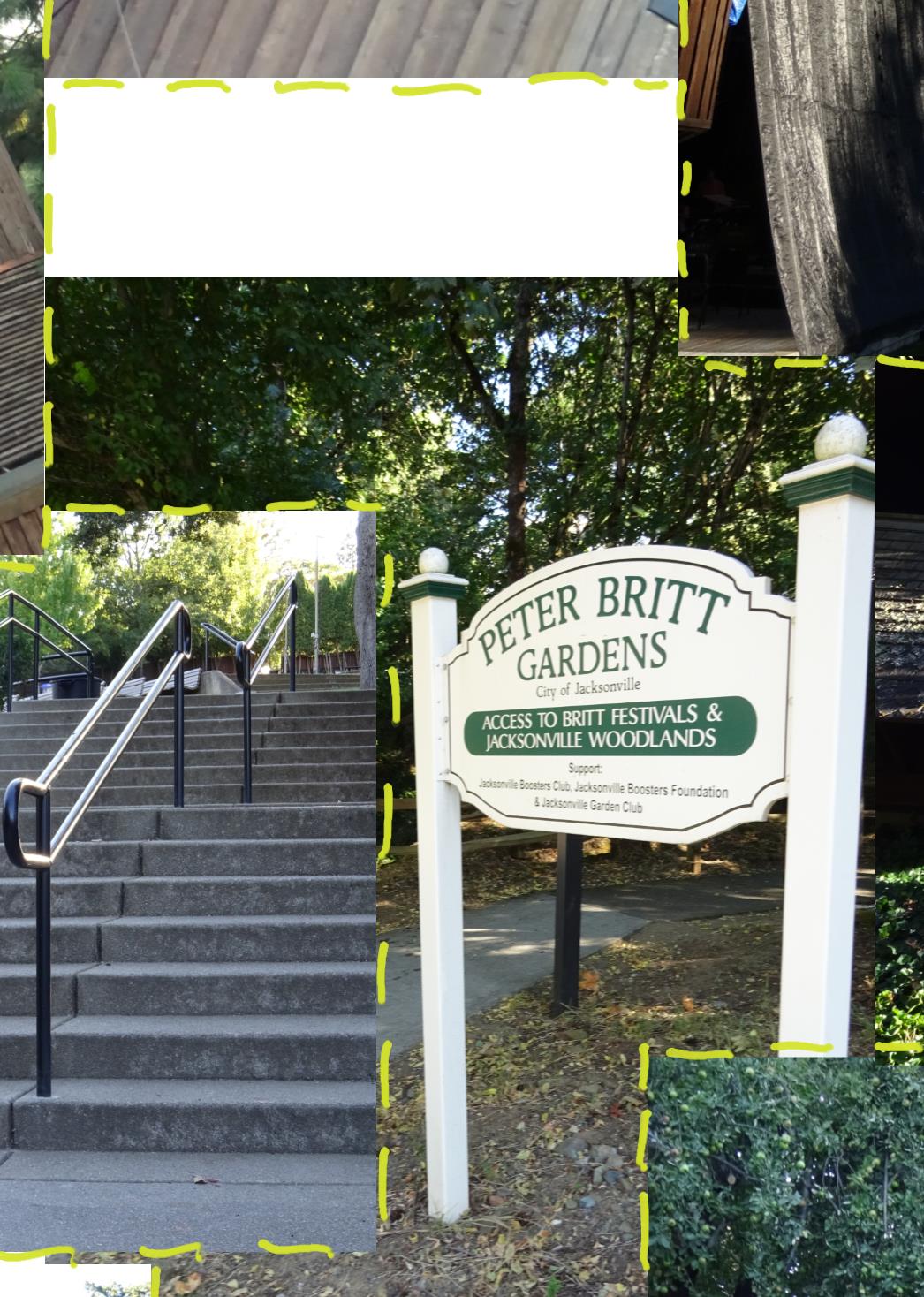Variations on a Theme
- By Karen Hanken
- •
- 21 Apr, 2018
- •
Beyond Straight
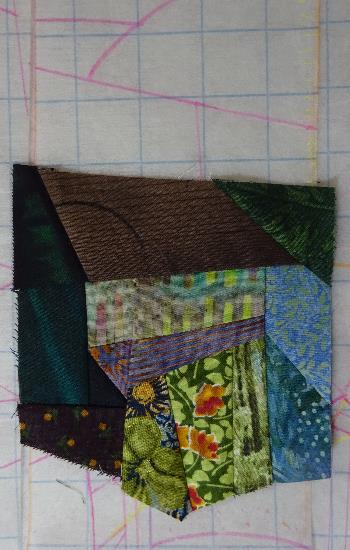
The segment above (where we left off) was put together using all straight lines - which is why buildings are easy to do. If you think of it, quilting has a history of house blocks, and to me buildings and architecture establish place. I've always been thrilled when someone walks up to one of my quilts to ask if it's a specific place (such as St. Moritz) - especially when they're right. On the other hand, I had a French woman ask me if one of my quilts was of my home in Oregon - but the quilt was titled Palm Trees in Switzerland. Oh well; it was my first! (...and we do have mountains...)
In this entry I'll be showing simple, or what I call soft curves, which are a step more challenging. Curved lines are important to soften the tone, and I felt they were especially important in a musical themed quilt. Curves are also important to represent organic elements such as sky and vegetation.
With soft curves, you can easily cut a matching arc by laying both fabrics, right sides up, with one overlapping the other along the edge to be sewn.
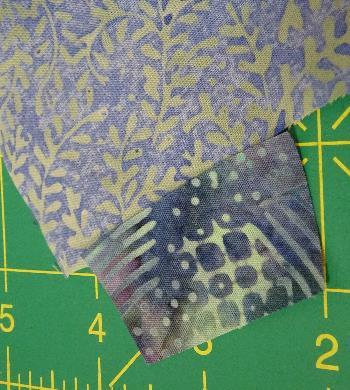
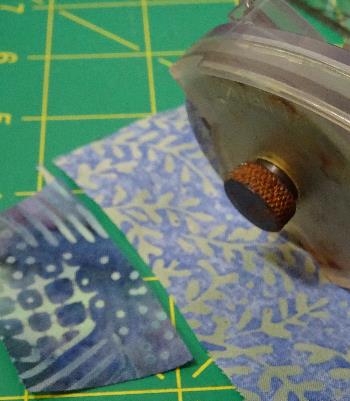
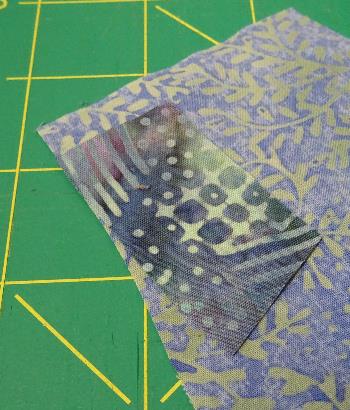
Sewing these curves is easier than you think - and you'll notice I'm not using pins. The trick is to start at the top of the curve (around the middle in this case) and use a 1/8" seam. The inside of the toe on any BERNINA quarter inch foot (#37/57/97) is 1/8" from center needle position.
As I'm sewing in the next photo, I am pulling the bottom fabric leftward - ever so gently - in order to match the edges as I am stitching from middle to end.
